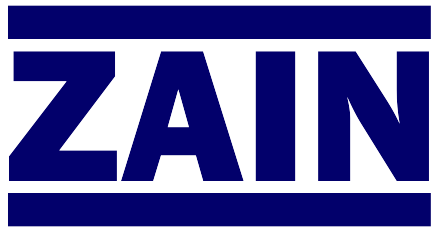Design and Utilization of Internal Fittings for Mixing Vessels
Authors:
J.H. Rushton
Mixing Equipment Company, Rochester, New York
Illinois Institute of Technology, Chicago, Illinois
The document provides a detailed overview of mixing vessel design and operation, focusing on components such as impellers, baffles, draft tubes, and internal fittings that influence fluid flow and mixing efficiency. It discusses how various factors, including shaft design, turbulence, viscosity, and tank geometry, affect the suspension and uniformity of liquids within the vessel. Additionally, the text highlights considerations for heat transfer, power absorption, and optimal placement of baffles and coils to enhance overall mixing performance.
Key Learnings
- Proper impeller selection and placement are critical for achieving efficient mixing and uniform fluid suspension.
- Baffles and draft tubes significantly influence flow patterns, turbulence, and mixing effectiveness.
- Shaft design and tank geometry must be optimized to minimize dead zones and ensure consistent fluid movement.
- Fluid properties, such as viscosity and density, directly impact mixing efficiency and power requirements.
- Internal fittings, like coils and agitators, should be strategically positioned for effective heat transfer and process control.
- Understanding power absorption and torque is essential for designing energy-efficient mixing systems.
- Monitoring turbulence and flow dynamics helps prevent sedimentation and improves overall process reliability.
If you can’t see the PDF, click "Open in new tab".

